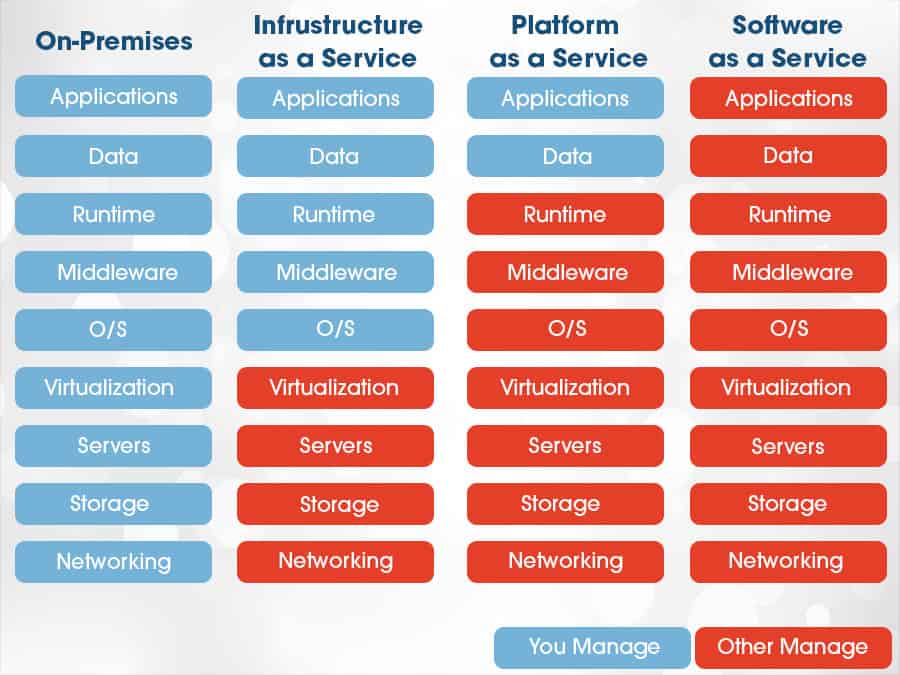Comprehensive Cloud Services: Increase Effectiveness and Protection for Your Business
Achieve Seamless Scalability With Cloud Provider
In the ever-evolving landscape of cloud solutions, attaining smooth scalability stands as a cornerstone for modern services seeking to stay adaptable and competitive. The mission for smooth scalability with cloud services introduces a world of opportunities for those prepared to welcome the transformative power of dynamic source administration.
Advantages of Cloud Scalability
Cloud scalability supplies organizations the versatility to dynamically change sources based on demand, making sure ideal performance and expense performance. Additionally, cloud scalability advertises innovation and trial and error by allowing organizations to quickly evaluate brand-new concepts and range them as required. Eventually, the benefits of cloud scalability extend past cost financial savings to incorporate improved performance, agility, and development.
Trick Functions for Scaling
Effective scaling in cloud services depends on key attributes that enable companies to change resources dynamically based on need. One necessary feature for scaling is elasticity, permitting resources to scale up or down in reaction to varying work. This guarantees that organizations can satisfy performance demands without over-provisioning sources. An additional essential feature is scalability, allowing systems to manage increased work by adding resources effortlessly. This attribute is essential for accommodating growth without compromising performance. In addition, automation plays an important role in scaling by automating the provisioning and de-provisioning of sources based on predefined plans. Automation minimizes human intervention, boosts effectiveness, and ensures fast action to altering demands. Tracking and analytics tools are likewise crucial for scaling, giving insights right into source application, performance metrics, and possible traffic jams. These tools allow companies to optimize and make enlightened decisions source allowance for effective scaling. In general, these crucial functions jointly encourage organizations to achieve smooth scalability in cloud services.
Applying Auto-Scaling Methods
To effectively enhance source allocation and adapt to differing work, organizations should strategically apply auto-scaling strategies in their cloud services infrastructure. Auto-scaling permits systems to immediately adjust the variety of calculate resources based on real-time need. There are various auto-scaling methods that companies can employ, such as predictive scaling, which makes use of historic data to anticipate future source requirements, and responsive scaling, which replies to current work modifications.

Best Practices for Scalability
For companies intending to boost their scalability in cloud services, implementing finest methods is important for optimal performance and source monitoring. One key finest practice is developing applications with a microservices Click Here design. This technique breaks down applications into smaller, independent solutions that can be released, updated, and scaled individually, enabling higher versatility and scalability.
One more essential technique is using containerization innovation, such as Docker or Kubernetes. Containers make it possible for the product packaging of applications and their reliances into separated systems, making it simpler to scale components separately and deploy them regularly across various settings.
Furthermore, executing automated release and infrastructure as code (IaC) can enhance scalability initiatives (linkdaddy cloud services). Automation devices like Terraform or Ansible help in provisioning and taking care of resources effectively, reducing hands-on errors and allowing quick scalability
Moreover, monitoring performance metrics, setting up alerts, and performing regular ability planning are essential techniques to make sure proactive scalability management. By sticking to these best methods, organizations can attain seamless scalability in their cloud services while maximizing performance and source usage.
Monitoring Performance Metrics
When assessing the effectiveness of cloud solutions scalability, carefully keeping an eye on efficiency metrics is important for ensuring optimal performance and source allotment. By continuously tracking essential efficiency indications (KPIs) such as feedback times, latency, source, and throughput use, companies can get important insights right into the health and wellness and efficiency of their cloud framework. Monitoring efficiency metrics permits the early detection of prospective bottlenecks or problems that More Help might affect scalability, enabling aggressive measures to be taken to resolve them prior to they escalate.
Verdict
Finally, accomplishing smooth scalability with cloud solutions is crucial for companies to optimize performance, improve advancement, and preserve high performance degrees this throughout peak times. By leveraging the benefits of cloud scalability, applying auto-scaling techniques, using vital attributes such as flexibility and automation, and following finest methods like application design and performance monitoring, organizations can efficiently scale their systems while making best use of resource utilization and efficiency.
The quest for seamless scalability with cloud services introduces a world of opportunities for those eager to embrace the transformative power of dynamic resource monitoring.
Cloud scalability offers companies the adaptability to dynamically change sources based on need, ensuring optimal efficiency and price performance. Another vital function is scalability, enabling systems to manage raised workload by adding resources perfectly.For organizations intending to improve their scalability in cloud services, implementing finest practices is vital for ideal performance and resource administration.When evaluating the efficiency of cloud solutions scalability, closely checking performance metrics is important for making sure ideal performance and resource allocation.